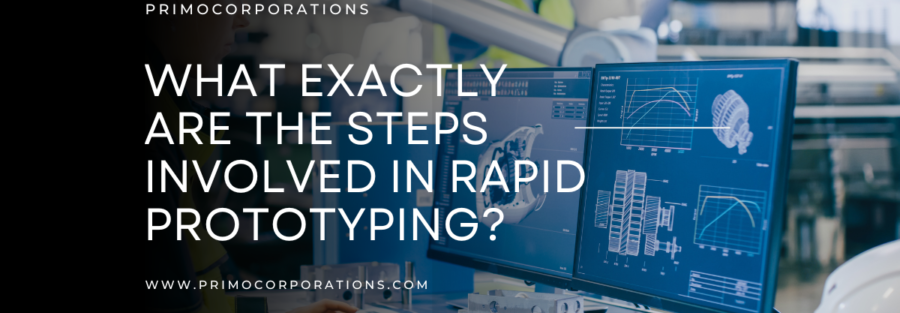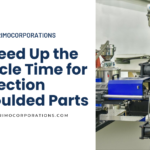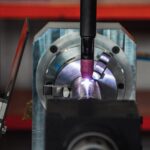Rapid prototyping is a process of quickly creating a physical or functional model of a product or design. It can be done using a variety of techniques, such as 3D printing, CNC machining, and vacuum casting. CNC rapid prototyping is a popular method for developing rapid prototypes due to the precision, dimensional stability, and consistent quality.
The steps involved in CNC rapid prototyping are as follows:
1. Design Ideations:
The primary step involved in rapid prototyping, the product designers or engineers create multiple possible designs for a product. Some of the designs include dimensioning and positioning of features. The best, most efficient designs are taken and the next step comes.
2. Generation of 3D Files:
The selected designs are converted into 3D files which CNC production relies on. The 3D files define all dimensions, features, and aesthetic specifications.
3. Identification of Production Sequence:
The 3D files are used to determine the best machining process to generate each feature. Various machining processes may be involved in CNC rapid prototyping.
4. CNC Programming:
The CAD design needs to be converted into machine-readable code. The code is then used to instruct the CNC machine which tool to use, travel time and distance, feed rate, cutting, and so on. The prototype is created using the production requirements.
5. Machine Set-up & Production:
Prior to machining, the CNC machine has to be prepared for work by installing the appropriate tooling, adjusting the settings, and making any necessary calibrations. The workpiece is mounted on the tool, the machine is set in operation mode and the CNC machining begins. The machine is used to cut, drill, or mill the material to create the prototype.
6. Post-Processing and Inspection:
Testing is the final, most important step of CNC rapid prototyping. The final product is inspected for accuracy, functionality, and possible scope of failure. This is also when any necessary post-processing finishing touches are applied, such as sanding, polishing, painting, etc.
Once the CNC prototype is created and tested for performance, it must be approved by the product experts. If it is considered a good product, production can begin. In the case that the prototype is not approved, sometimes the second best design idea from step 1 is chosen and the steps begin over.
Choose Experts
Due to the strategies of CNC rapid prototyping, it requires skilled staff for process identification and CNC programming and operations. It is better to source these services from experts like PRIMO Corporations. PRIMO Corporations offers a number of comprehensive engineering services and large scale manufacturing of products. To learn how we can apply our expertise to your next project, contact us today.





